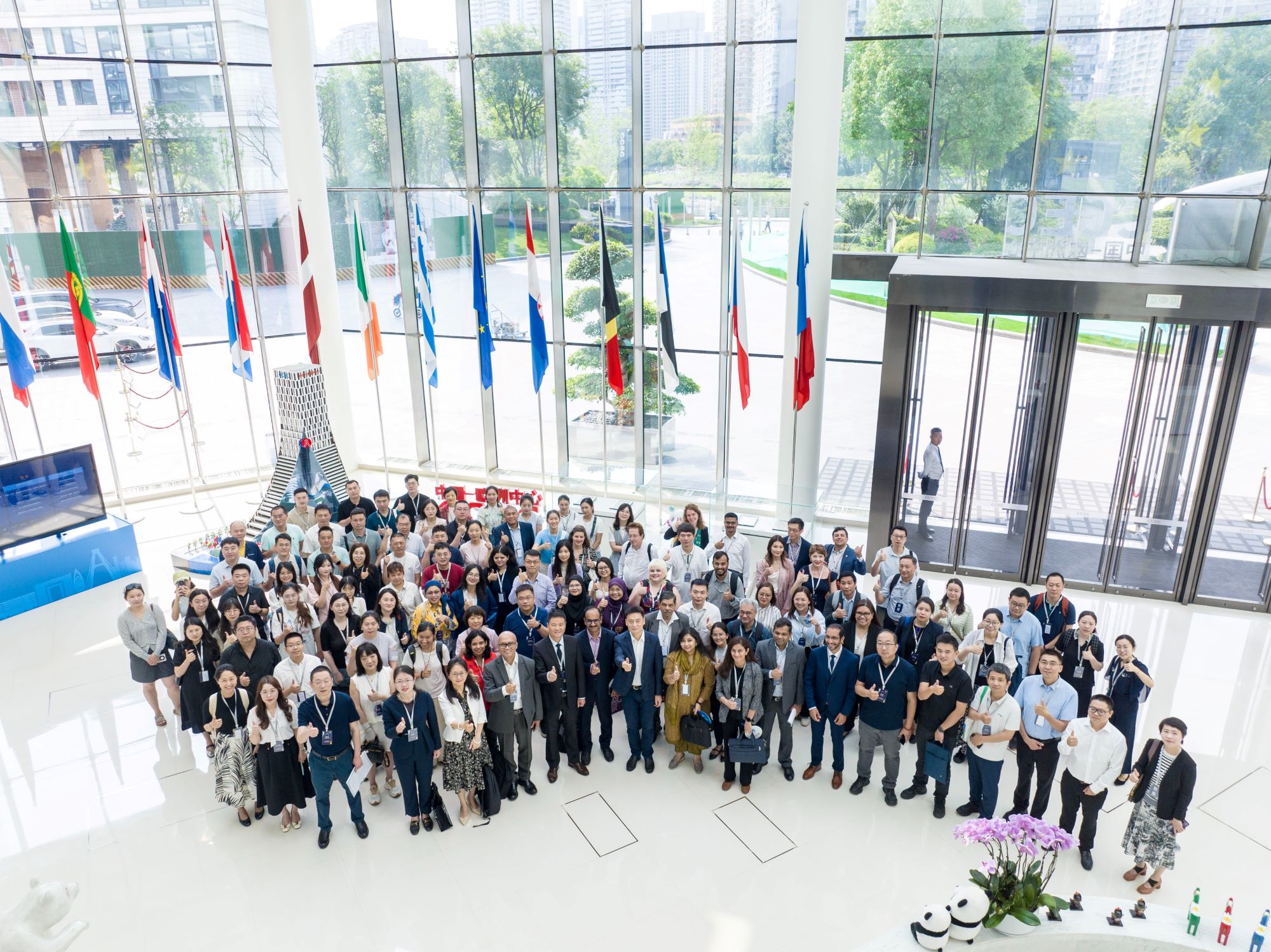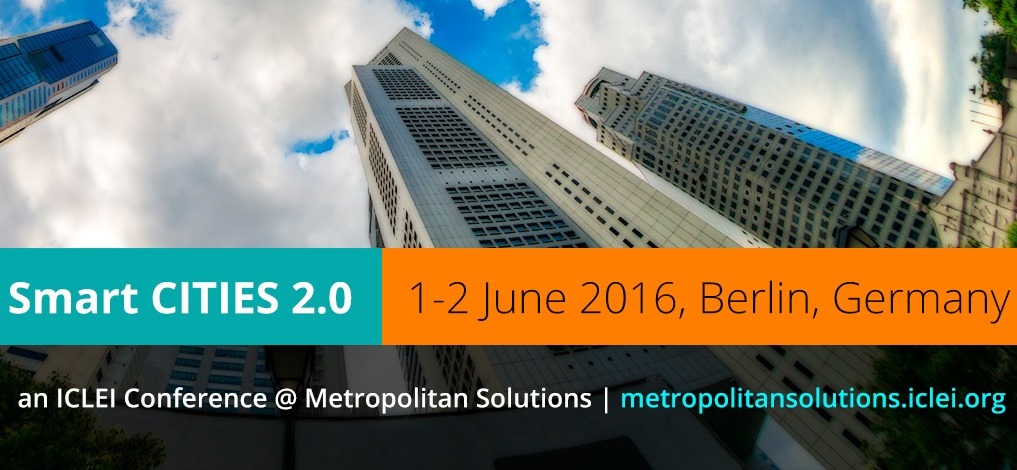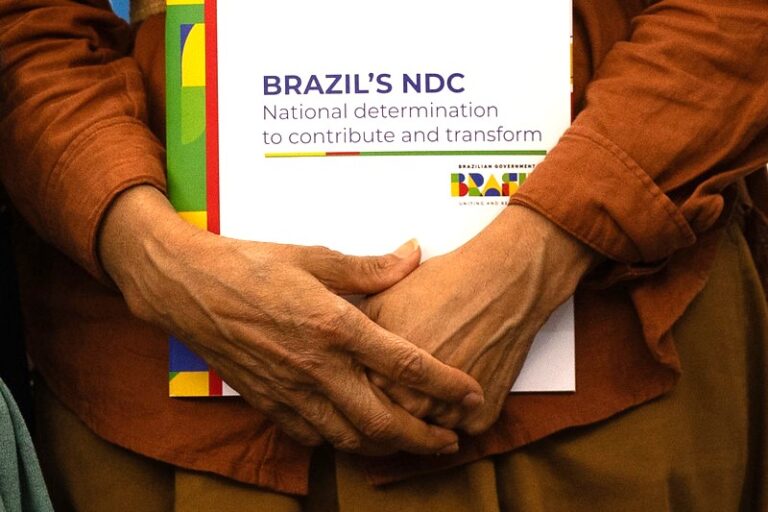Chengdu hosts regional UrbanShift Academy to help cities shape climate goals
As the 2025 UN climate COP in Belém, Brazil, draws closer, national governments are preparing their next round of Nationally Determined Contributions (NDCs), the climate action plans each country submits under the Paris Agreement. NDCs set out national goals on emission reductions, resilience and adaptation. However, the success of those plans depends heavily on actions taken at the local level.
Local and subnational governments are responsible for or have influence over an estimated 55–65% of greenhouse gas emission reduction potential in sectors such as buildings, transport, waste and land use. Their proximity to communities and ability to implement place-based policies make them essential partners in climate action. Yet according to a new report by UN-Habitat, only about one in four NDCs explicitly recognizes their role.
One response to this gap can be found in events like the recent UrbanShift China City Academy. It offered hands-on training to help cities shape and implement climate actions that align with and inform national priorities, fostering bottom-up engagement in what is typically a top-down planning process.
These City Academy events are part of the offerings under the UrbanShift program to strengthen multilevel collaboration. They complement the UrbanShift National-Local Dialogues, which are designed to enhance coordination between different levels of government and across sectors. These dialogues bring together local and national stakeholders to discuss local priorities in sustainable urban planning and access to finance in a country’s national language.
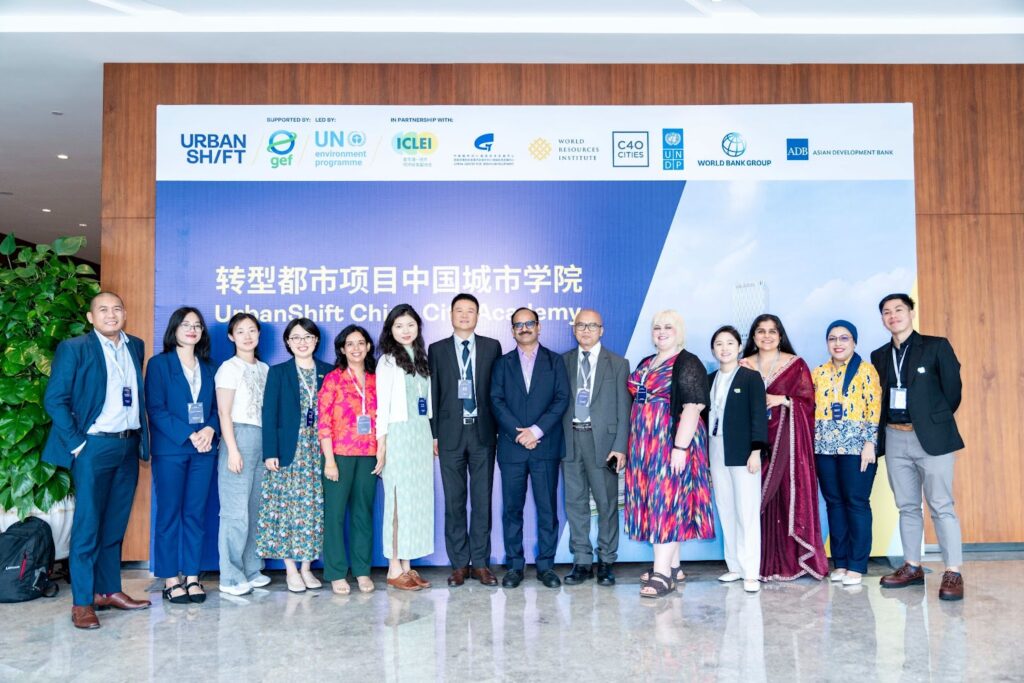
Practical training, peer exchange, and focused learning
From 1 to 3 July 2025, the city of Chengdu, China, hosted the UrbanShift China City Academy, an intensive training and exchange platform for senior officials from cities in China, India, Malaysia, Mongolia and the Philippines. Co-organized by UrbanShift, the China Center for Urban Development (CCUD), and ICLEI, the three-day event offered two parallel courses on “Green and Thriving Neighborhoods” and “Urban Biodiversity,” designed to empower local and subnational governments to drive sustainable urban development while contributing meaningfully to national climate goals.
Participants were divided into two thematic tracks for the full duration of the Academy. The “Green and Thriving Neighborhoods” course, led by the UN Environment Programme (UNEP) and supported by C40 Cities and UN-Habitat, focused on strategies to improve livability and accelerate climate action at the neighborhood level. The “Urban Biodiversity” course, led by the World Resources Institute (WRI), explored how cities can integrate biodiversity into planning, finance, and infrastructure.
Each course combined expert sessions with interactive discussions and peer learning. Sessions were delivered in Mandarin and English to ensure accessibility across the diverse group of participants.
Speakers included representatives from UNEP, WRI, ICLEI, UN-Habitat, as well as local government representatives from Shijiazhuang (China), Guangzhou (China), Quezon (Philippines), Anji County (China), Melaka (Malaysia), Puducherry (India) and the National Institute of Urban Affairs, India.
Building connections to climate finance
As part of the biodiversity course, participants were introduced to ICLEI’s Transformative Actions Program (TAP). TAP is a global initiative that helps local and regional governments turn their climate and sustainability concepts into robust, investment-ready projects. Projects submitted to TAP benefit from tailored support, access to technical partners, and direct matchmaking with finance institutions and project preparation facilities.
To date, TAP-supported projects have successfully secured €1.9 billion in investment volume, submitted by over 200 local and regional governments worldwide. TAP emphasizes long-term sustainability, capacity building, and inclusion, making it a valuable tool for cities seeking to operationalize their climate plans and connect them with national and global goals.
Translating theory into practice: Chengdu’s model projects
On the Academy’s final day, participants toured three cutting-edge developments in Chengdu that showcase integrated, sustainable urban planning in action.
At the Sino-Singapore (Chengdu) Innovation Park, visitors saw how low-carbon design and high-tech innovation intersect to support both social and environmental goals. The nearby Heartbeat Central Park illustrated how green space can be thoughtfully woven into dense urban areas to foster biodiversity, community well-being, and climate resilience. Lastly, the Luxelakes Eco City offered a living example of water-sensitive urban design, where ecological restoration, walkability, and lifestyle integration come together to shape a livable and sustainable neighborhood.
These visits helped ground the training content in real-world examples and inspired participants to envision what similar approaches could look like in their own cities.
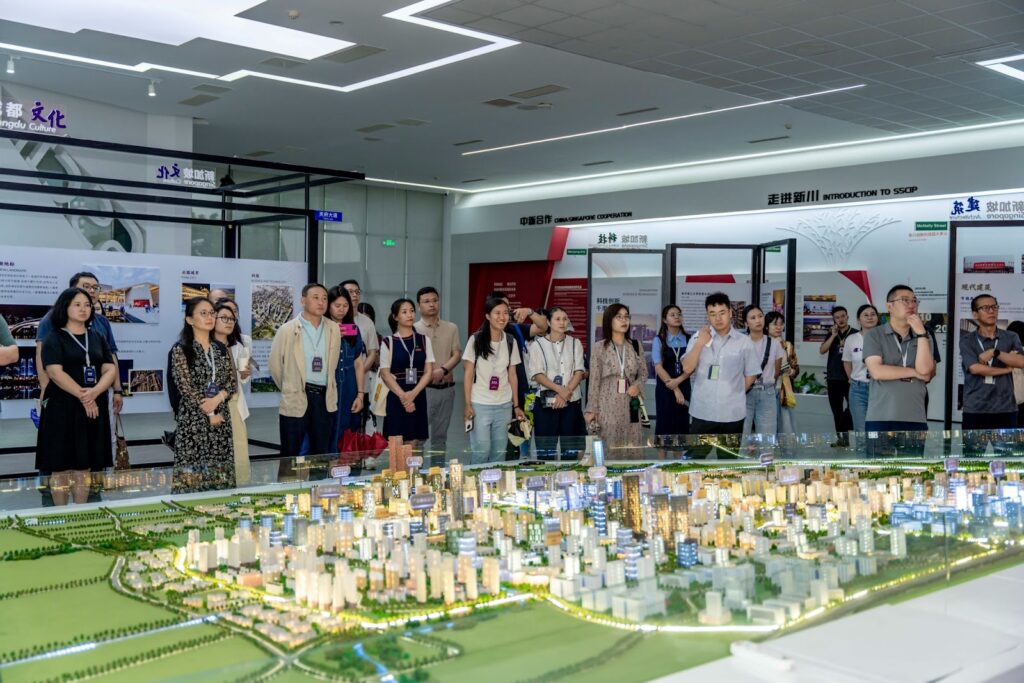
Bridging the local-national divide
The UrbanShift China City Academy showed and reinforced the message that meaningful climate action must be both national and local. While NDCs are submitted by national governments, their success hinges on implementation at the city and regional level. By providing knowledge, tools, and inspiration, platforms like UrbanShift help bridge this gap and ensure that national climate strategies are rooted in the real needs and experiences of local actors.
As cities across Asia continue to grapple with rapid urbanization, biodiversity loss, and climate vulnerability, initiatives like the UrbanShift City Academy provide a crucial foundation for integrated, inclusive and climate-smart development.

